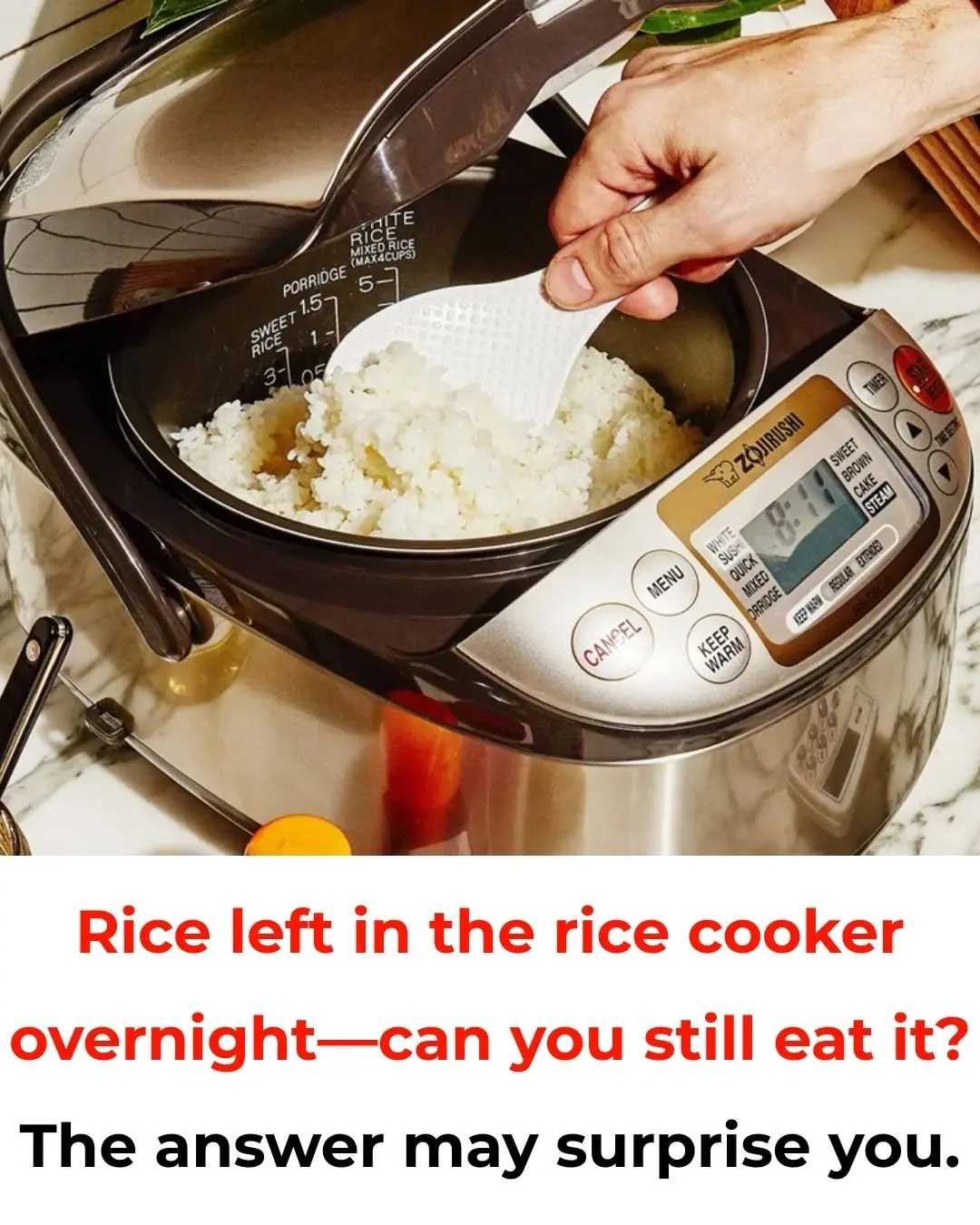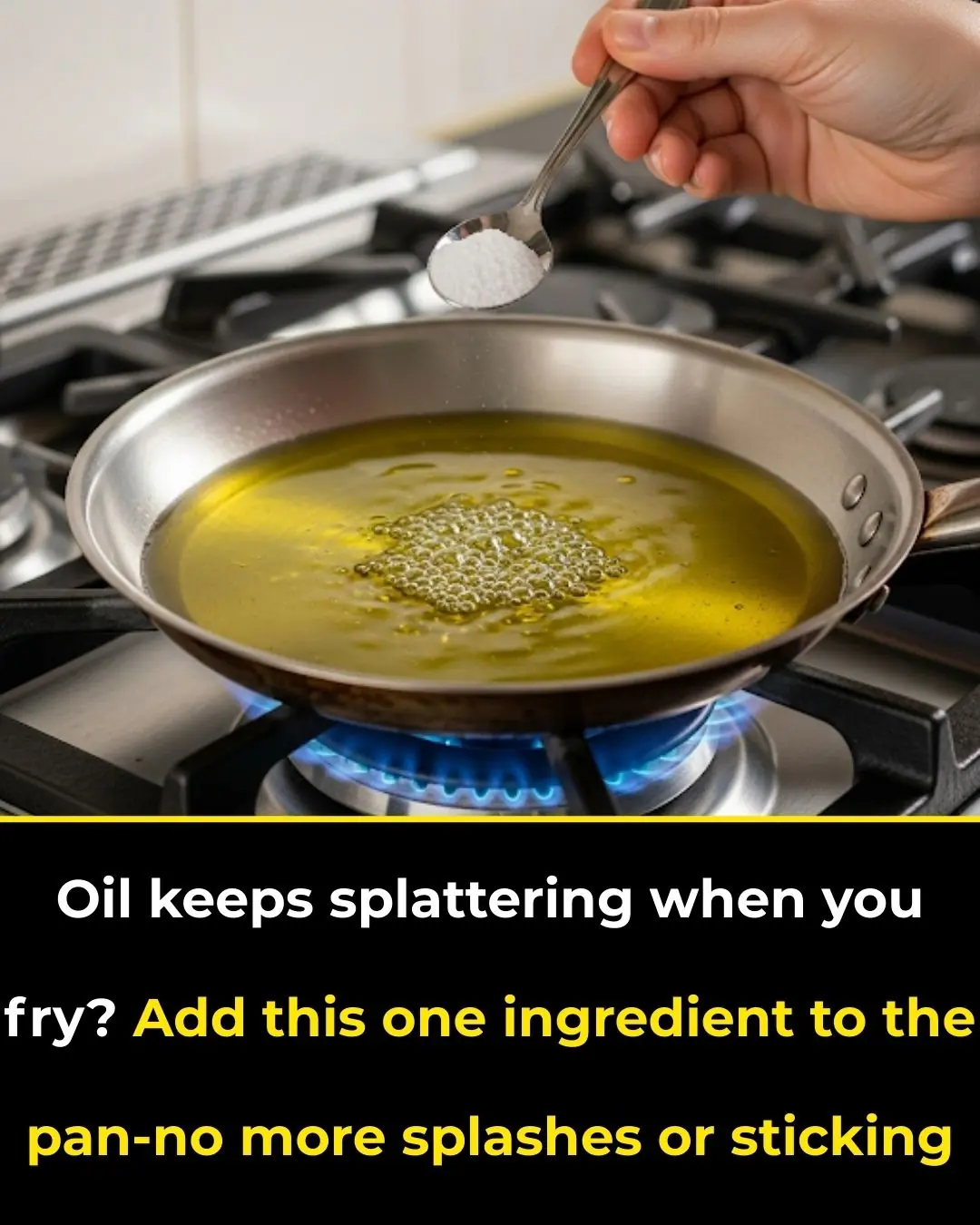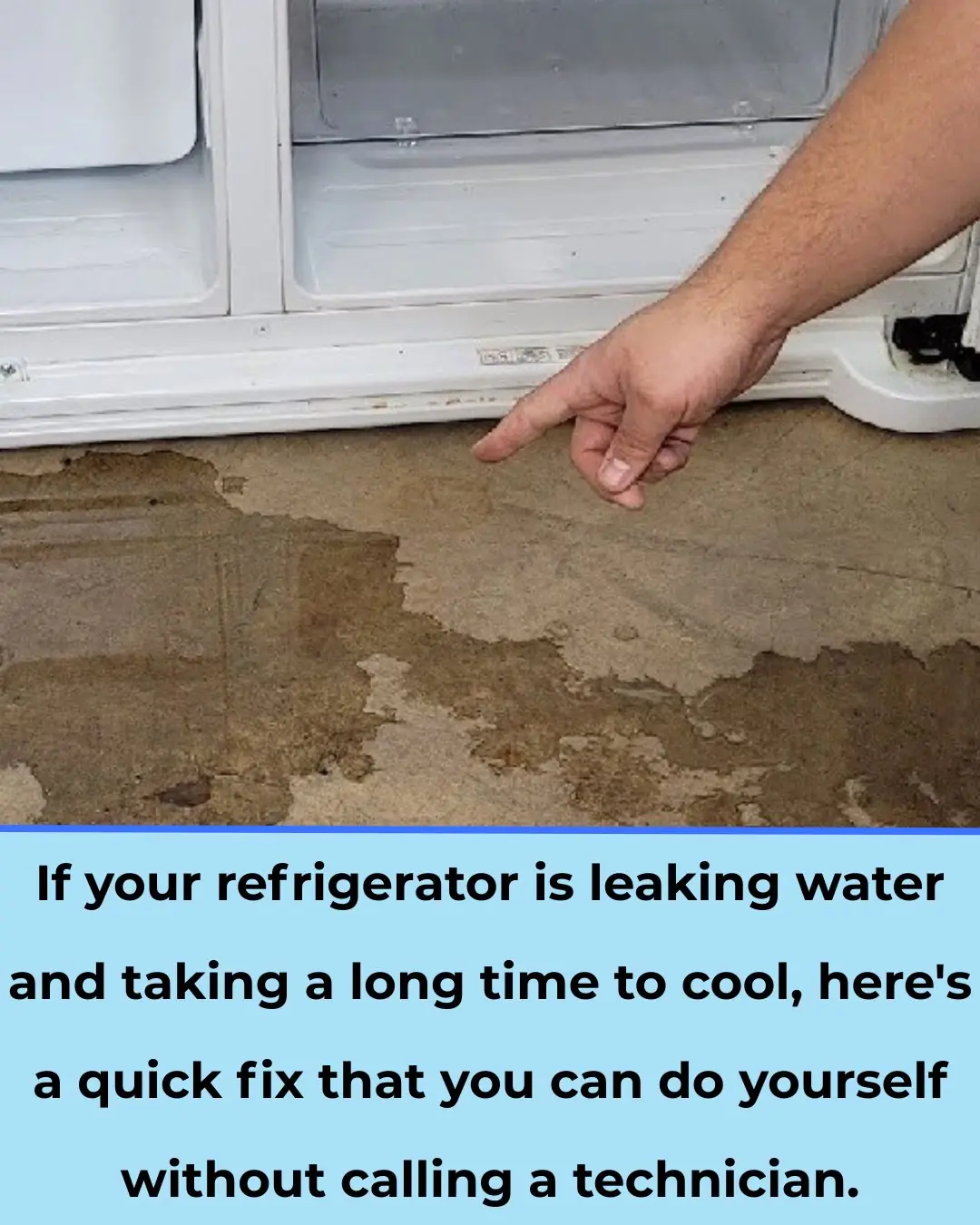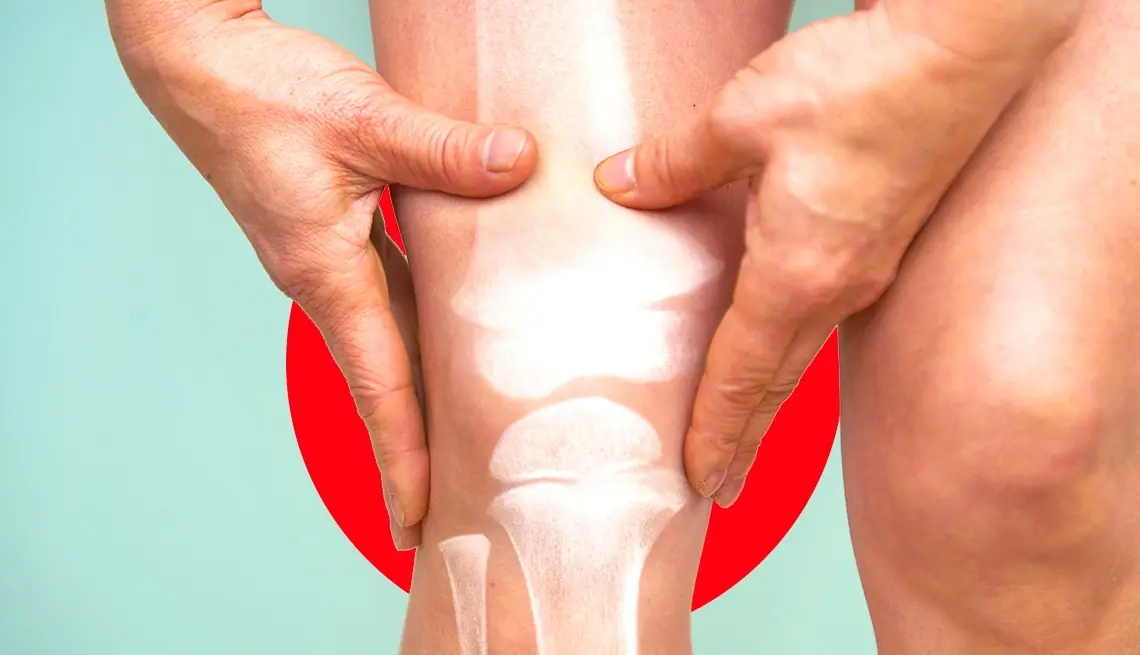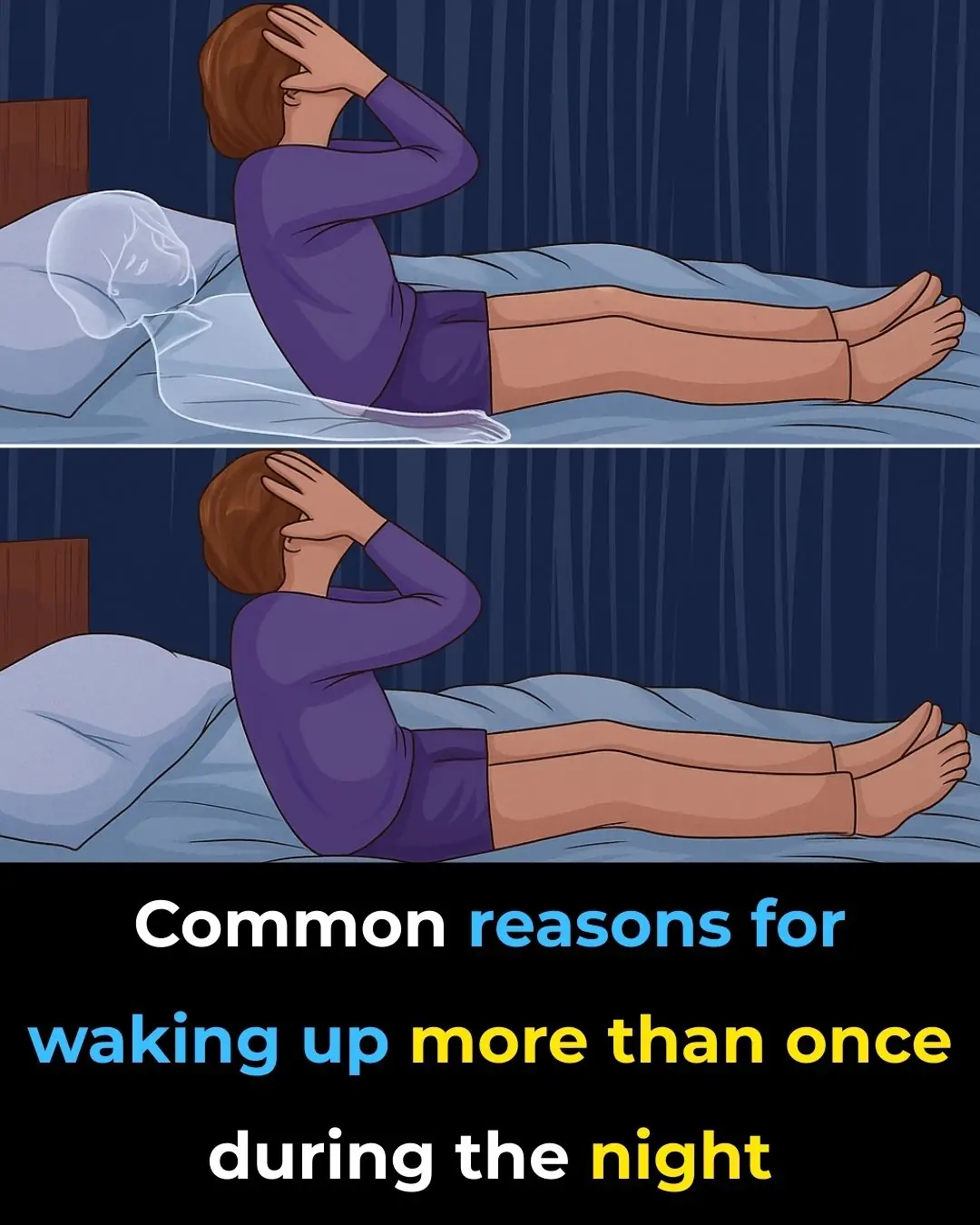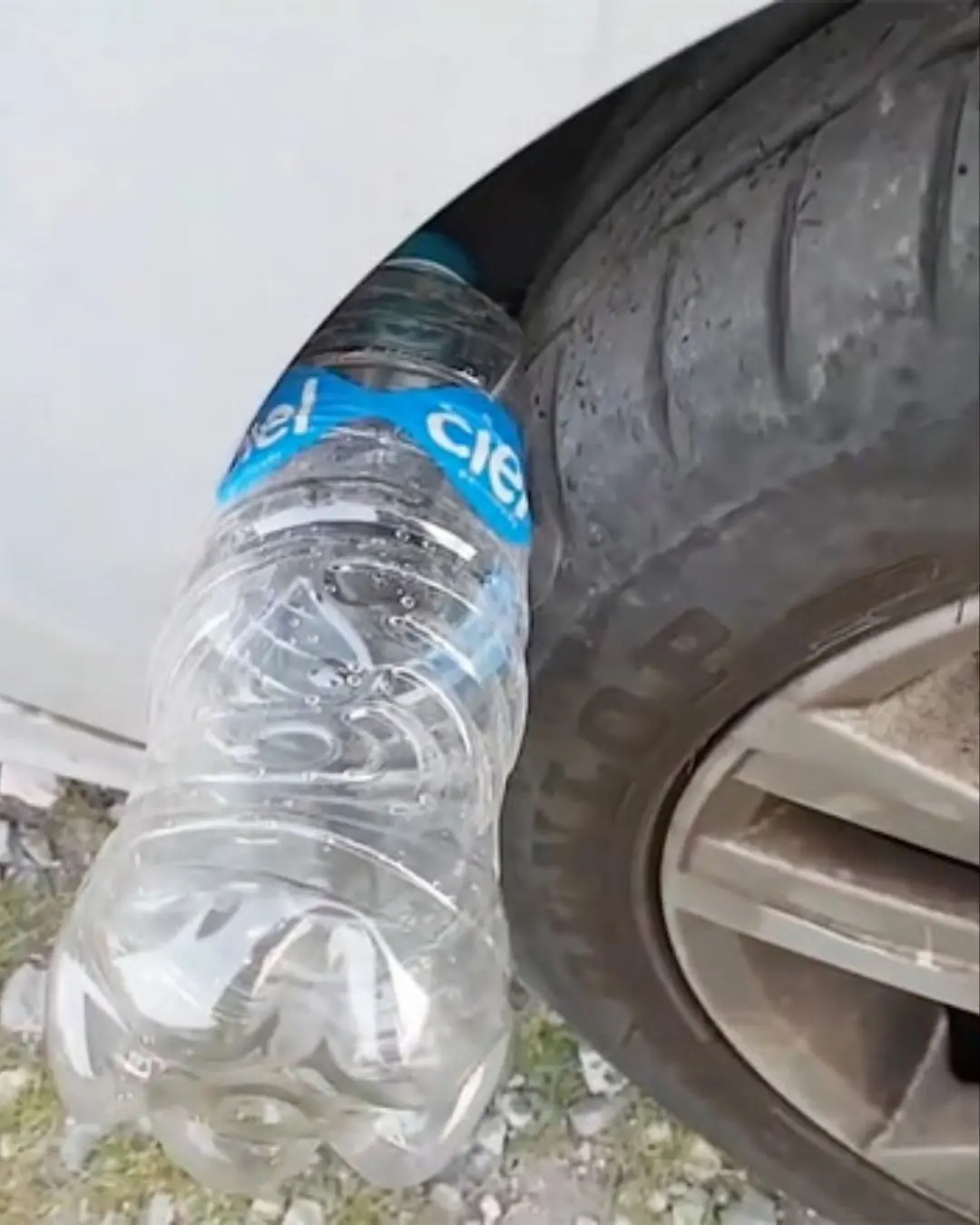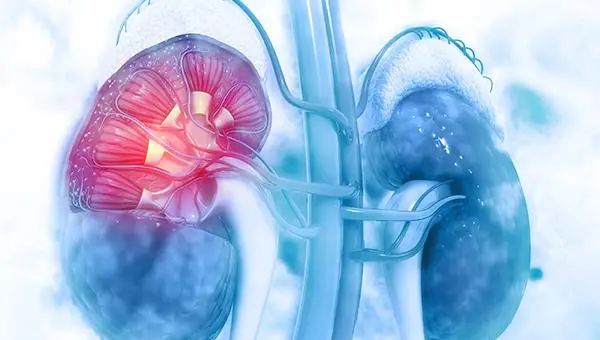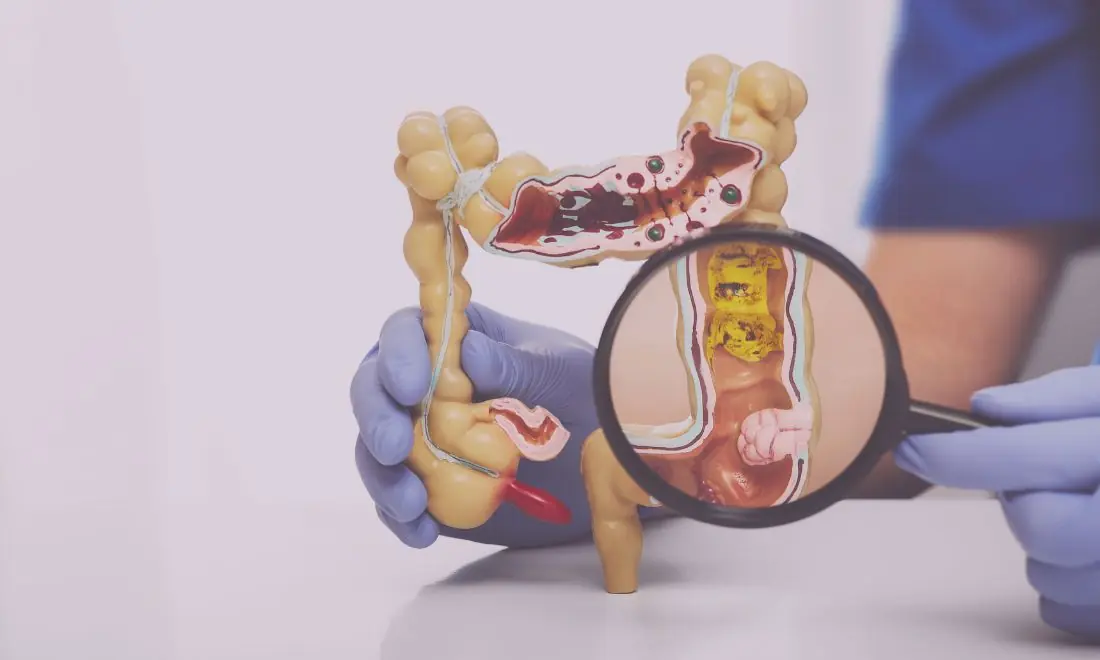Washing machines are one of the most reliable appliances in our homes, but like any device, they can occasionally experience issues. One of the most common problems is a loud and shaking washing machine during the spin cycle. This can be frustrating and worrying, especially if you’re unsure whether it’s something that requires professional repair. Before you rush to call a technician, there are several things you can check and fix yourself to restore your washing machine’s smooth operation.
1. Check for an Unbalanced Load
One of the most frequent causes of a loud and shaking washing machine is an unbalanced load. If clothes are bunched up on one side of the drum, the machine struggles to spin evenly, which results in excessive shaking and noise.
How to Fix It:
-
Stop the machine and open the door.
-
Redistribute the clothes evenly in the drum. You might need to remove some items and place them back more evenly to help balance the load.
-
If you’re washing large or heavy items, like towels or blankets, try adding lighter clothes to balance the weight.
2. Ensure the Washing Machine Is Level
If your washing machine is not sitting on a level surface, it can cause the unit to vibrate and shake during the spin cycle. Uneven floors or improper installation can lead to significant noise and movement.
How to Fix It:
-
Use a spirit level to check if the machine is balanced horizontally.
-
If it’s not level, adjust the adjustable feet on the washing machine. Many machines have feet that can be turned to either raise or lower them, ensuring that all four corners are touching the floor.
-
If the floor is uneven, consider using a washer leveling pad to help stabilize the machine.
3. Check for Obstructions in the Drum
Foreign objects such as coins, small items of clothing, or buttons can get stuck between the drum and the tub, causing noise and shaking during the spin cycle. These objects can block the normal rotation and create an imbalance.
How to Fix It:
-
Open the drum and carefully inspect it for any small objects or items that may have fallen inside.
-
Remove any debris or small objects that might be causing the issue.
4. Inspect the Suspension System
Washing machines have suspension springs or shock absorbers that help reduce vibrations and control the drum's movement during the spin cycle. If these components wear out or become damaged, the machine may shake excessively and create loud noises.
How to Fix It:
-
Check the suspension springs or shock absorbers. You may need to remove the back panel or top panel of the washing machine to access these parts.
-
If any springs or shock absorbers are broken, you may need to replace them. If you're unsure about how to do this, it's best to consult the user manual or hire a technician for replacement.
5. Check the Drive Belt
The drive belt in your washing machine is responsible for transferring power from the motor to the drum. If the belt becomes loose or worn out, it can cause loud noises and shaking, particularly during the spin cycle.
How to Fix It:
-
Unplug the washing machine and open the back panel to access the drive belt.
-
Check for any signs of wear, cracks, or looseness.
-
If the belt is damaged or loose, it may need to be replaced. You can find a replacement belt at appliance parts stores or online. If you’re not comfortable replacing the belt yourself, consider calling a technician.
6. Examine the Drum Bearings
The drum bearings help the drum rotate smoothly. Over time, these bearings can wear out, leading to grinding or loud noises, especially during the spin cycle. If the bearings are the cause of the noise, they may need to be replaced.
How to Fix It:
-
Listen for any grinding, squeaking, or rumbling sounds during the spin cycle. If you hear these noises, it could indicate that the drum bearings are worn out.
-
Unfortunately, replacing drum bearings can be a complicated task, as it often requires removing the drum. If you suspect this is the issue, it’s best to call a technician to handle the replacement.
7. Avoid Overloading the Washing Machine
Overloading your washing machine is another common cause of shaking and loud noises. When the machine is overloaded, the clothes cannot move freely inside the drum, causing an imbalance during the spin cycle.
How to Fix It:
-
Ensure you’re not exceeding the washing machine’s recommended load capacity. Check the manufacturer’s guidelines for the maximum weight limit.
-
If you have large or heavy items like blankets, consider washing them separately or with fewer clothes to ensure proper balance.
8. Lubricate Moving Parts
Sometimes, squeaks or grinding noises can occur because of friction between moving parts. If your washing machine’s drum or other moving parts need lubrication, it could lead to unnecessary noise and vibration.
How to Fix It:
-
Check for any squeaking sounds during operation. If you hear squeaks, apply a small amount of washing machine-safe lubricant to the moving parts, such as the drum axle and hinges.
-
Make sure to avoid over-lubricating, as this can cause drips onto clothes or attract dust and dirt.
Conclusion
A loud and shaking washing machine doesn’t always mean it’s time to call a technician. By following the troubleshooting steps outlined above, you can often fix the problem yourself, saving both time and money. Start by checking for an unbalanced load, leveling the machine, and inspecting for any obstructions. If the problem persists, inspect the drive belt, shock absorbers, and drum bearings. By regularly maintaining your washing machine and addressing issues early, you can keep it running smoothly for years to come. If all else fails or the issue seems more complex, don’t hesitate to contact a professional to ensure your washing machine is properly repaired.


